Anyone over the age of 53 today lived at a time when women were banned from playing football in England.
It's a fact that, given the context of this history-making weekend, is almost laughable.
"The game of football is quite unsuitable for females and ought not to be encouraged," read a statement from the Football Association in 1921, announcing the ban that would stand for almost 50 years.
Another half century on, the story tells of a remarkably different time. Already European champions, England's Lionesses stand on the cusp of global glory with a Women's World Cup final against Spain coming up on Sunday.
So how did we get here?
The teenager-turned-trailblazer
It perhaps feels strange to start in 1966, the year England won the men's World Cup, but a young Patricia Gregory was watching that match on television.
Caught up in the excitement of that, and her beloved Tottenham's FA Cup win the following year, the 19-year-old wondered why women couldn't play the game too.
She put a notice in her local paper to ask for players and was inundated with replies, but the council said she could not legally rent a pitch for matches against other women's football teams.
Undaunted, Gregory eventually managed to get a pitch and ended up running both it and a women's football league, as well as founding the Women's FA as the game's governing body in 1969 - the year before the FA rescinded its ban on women.
Hope and change in the 90s
It was in 1972 that the first official England women's side played an international match - beating Scotland 3-2 - but another 26 years passed until a full-time head coach was put in post. Enter Hope Powell.
The 1990s brought many firsts for women's football. In England, it saw the first Centres of Excellence, the first national league, and the women's game being brought under the control of the FA. On a global scale, the 90s brought the first official Fifa Women's World Cup.
But when Powell took charge of England in 1998, it would mark the start of a 15-year reign in which she led England to two World Cups and four European Championships, and cemented her place as a pioneer of women's football in the country, playing a substantial part in the successes we see today.
A first home Euros
The Women's Euros came to England for the first time in 2005, held in Blackburn, Blackpool, Manchester, Preston and Warrington with Germany lifting the trophy at Ewood Park.
It was a tournament that offered a glimpse in to the future. Fans adorning replica shirts with players' names on the back flocked to games, an average attendance of 23,160 accompanied by more than two million people tuning in to England's games on the BBC. Yes, interest diminished after Powell's side failed to get out of their group, but it was a start.
But after the tournament, then Uefa president Lennart Johansson provoked an angry reaction when he said sponsors of women's football could cash in by promoting the players' physical attributes. "Companies could make use of a sweaty, lovely looking girl playing on the ground, with the rainy weather," he said.
Plenty still needed to change.
First England contracts
Four years later, another step in the right direction. Seventeen players, including the likes of Casey Stoney, Steph Houghton, Jill Scott and Rachel Yankey, were awarded central contracts by the FA, receiving salaries of £16,000 each.
Those contracts, lasting four years, took the pressure off those players needing employment outside of football - though they could still work for up to 24 hours per week - and required them to be available for all training camps, matches and tournaments, as well as personal appearances.
At the time, Powell said: "We hope this will allow our girls time to concentrate on helping England qualify for major tournaments on a consistent basis and competing at the very top level against the best teams in the world."
The start of the Women's Super League
The year 2011 saw the launch of the Women's Super League, featuring eight predominantly semi-professional sides who received licenses from the FA after meeting a strict criteria.
The clubs were given £70,000 from the FA for each of the first two seasons - to be spent on infrastructure - and signed up to a salary cap, meaning no more than four players in each side could be paid more than £20,000 in a bid to ensure star players were spread fairly across teams.
The opening fixture, held at Tooting & Mitcham's Imperial Fields in south London, saw Arsenal beat Chelsea 1-0 in front of some 2,500 paying fans, though a bobbly pitch caused issues for both sides.
Poor pitch standards - where have we heard that before?
Hello Wembley
Wembley Stadium. The Home of Football. Well, men's football - until 2014 that is, when England women played their first international match at the new Wembley in a friendly against Germany.
Mark Sampson's side lost 3-0, watched by a then-England record crowd of 45,619. That number should have been higher, given all 55,000 tickets were sold, but almost 10,000 fans did not turn up with transport problems in London and the weather to blame.
In 2019, their next appearance at the national stadium which also ended in defeat by the Germans, 77,768 were in the crowd, but that number had grown to 87,192 by 2022, when England exacted their revenge on Germany in the Euros final.
More on that later.
WSL turns pro
The summer of 2018 saw huge change for the WSL, transitioning to full-time professional status with a restructured one-tier, 11-team league.
The FA brought in new licence criteria for clubs, meaning all teams had to re-apply for their places, with a requirement to offer a minimum of 16 contact hours per week for players and an academy.
In 2022, BBC analysis suggested the average WSL player now earns £47,000 a year, and after the Lionesses' Euros success, WSL attendances increased by 267%, helped by big games being held at the country's biggest stadia, including Old Trafford, Emirates Stadium, Anfield and the Tottenham Hotspur Stadium.
Wiegman and the Euros
When the FA announced Sarina Wiegman would succeed Phil Neville as England's head coach in September 2021, they knew they were bringing in a "proven winner".
Having led the Netherlands to the European title in 2017, and the World Cup final two years later, she had the track record of "building a winning team".
And so it has proved. In her 38 games in charge, England have lost just once. Of her 30 wins, the biggest to date came little more than 12 months ago, when the Lionesses created history by winning Euro 2022, a first major title that catapulted many of the players to household name status.
Victory on Sunday, in a maiden World Cup final for the Lionesses, would be even bigger.
World Cup champions?
And so to that final.
On Sunday, the Lionesses have a golden opportunity to become the first senior England side to win the World Cup since 1966, a year in which women like them were prohibited from playing the sport.
Maybe, just maybe, football is suitable for females after all.
-BBC





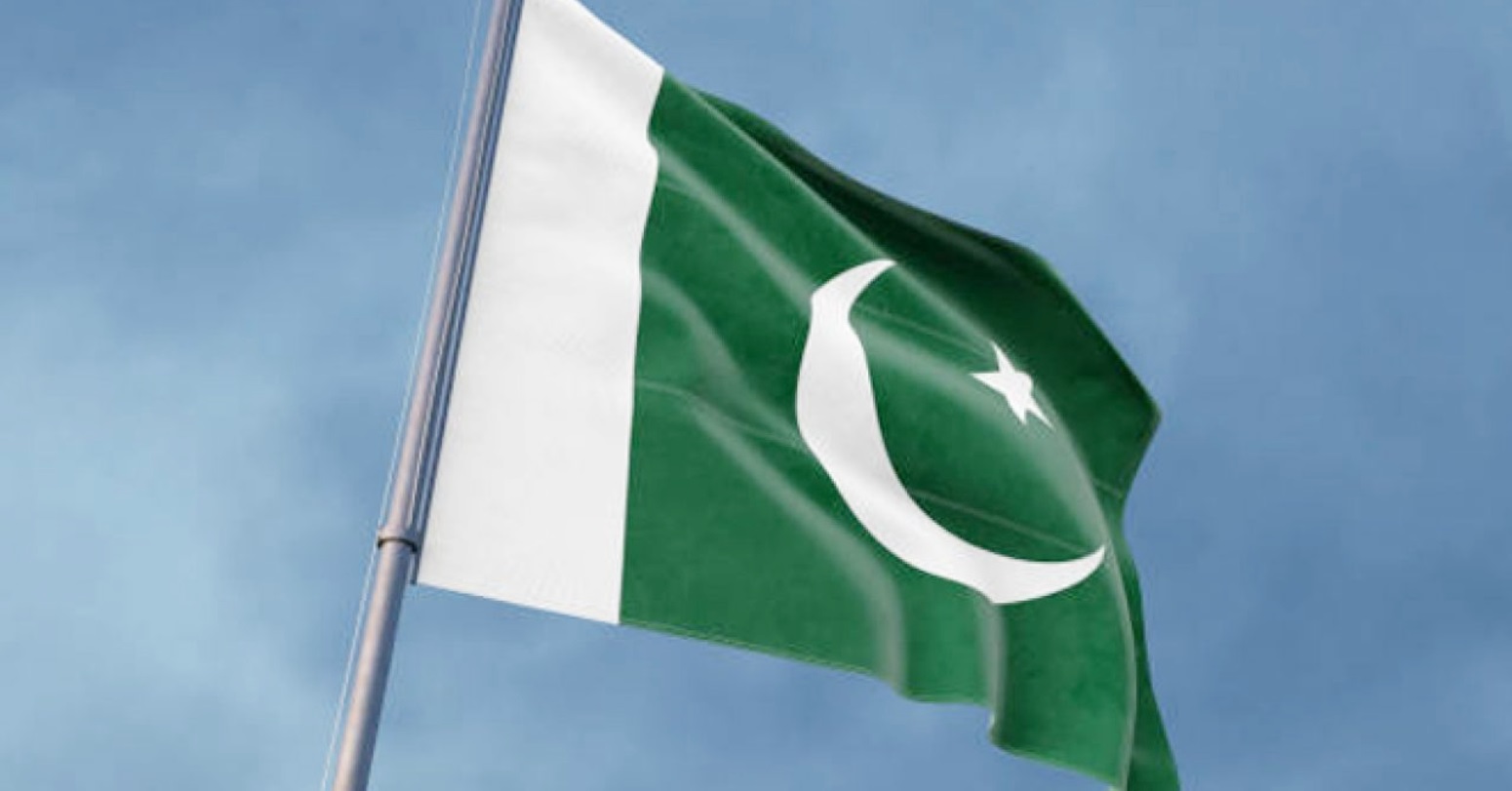

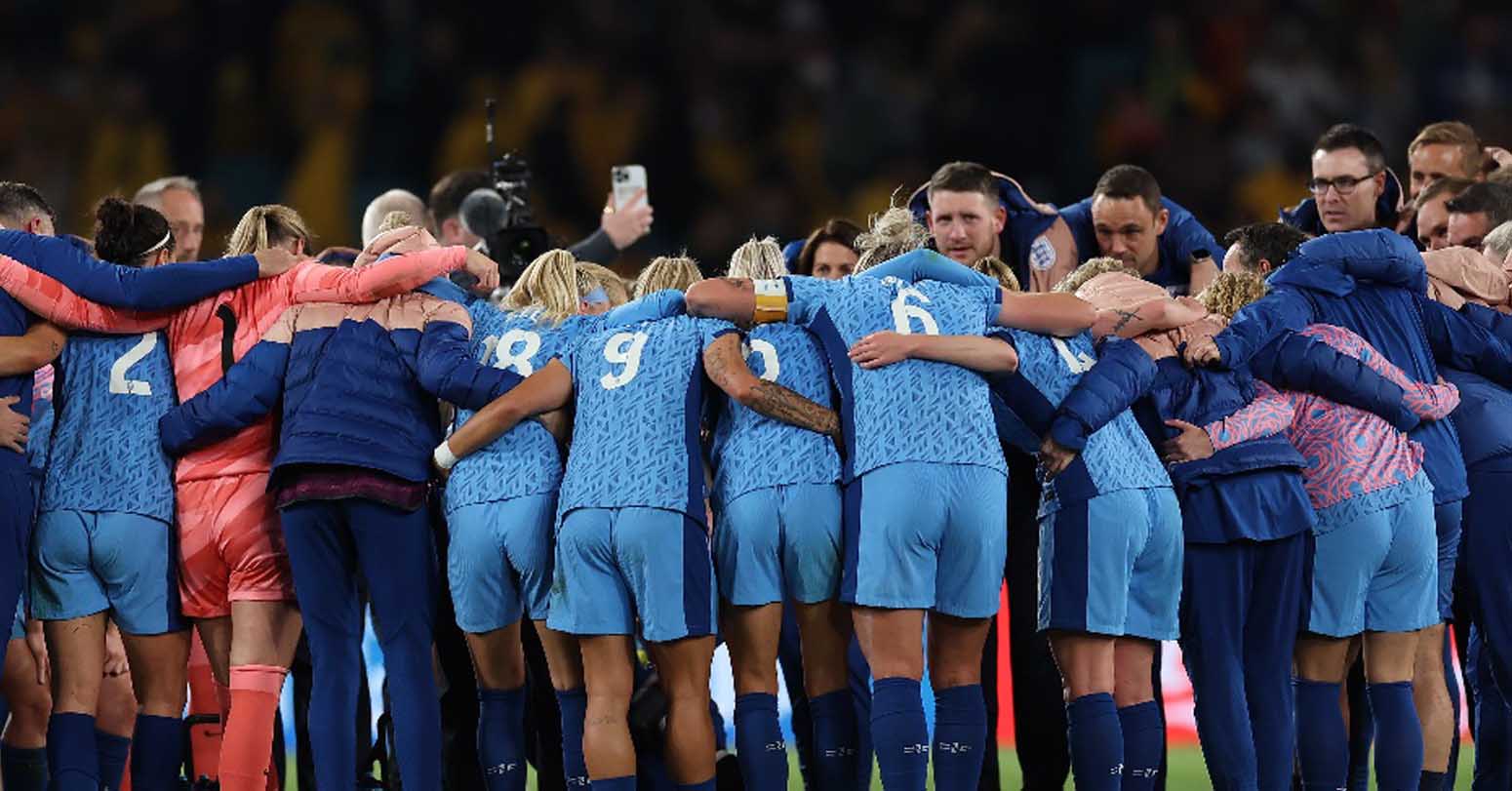
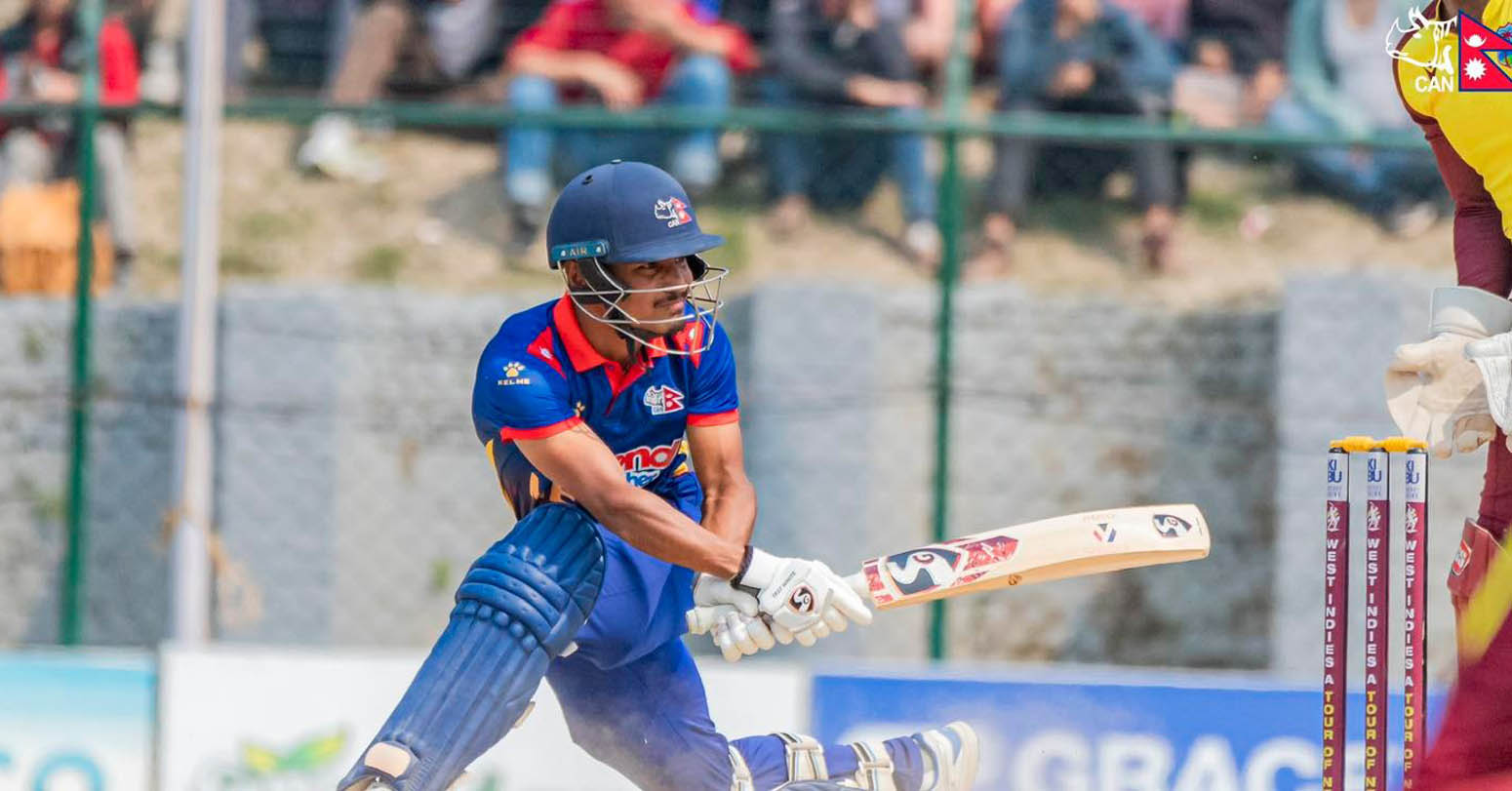
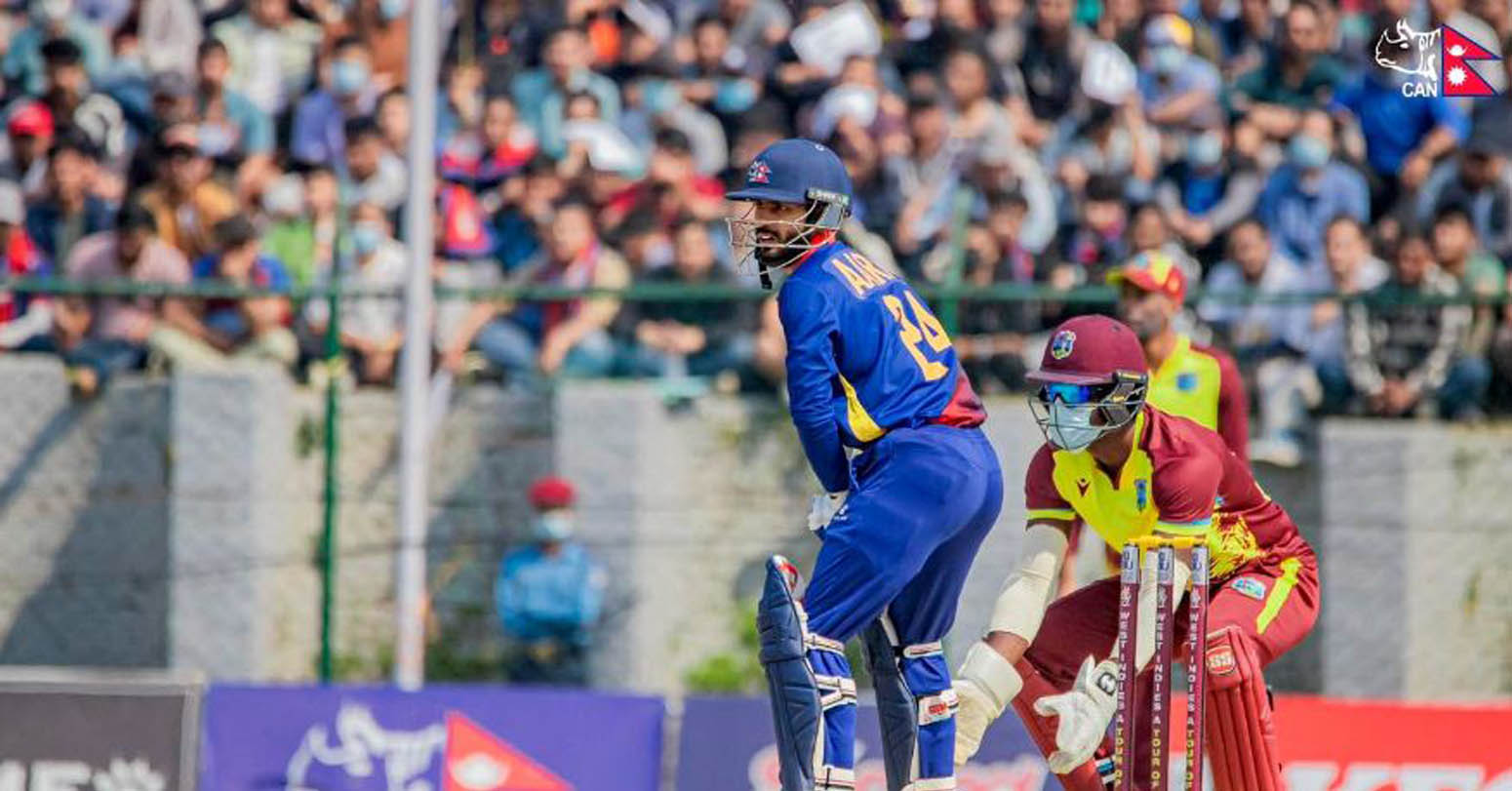
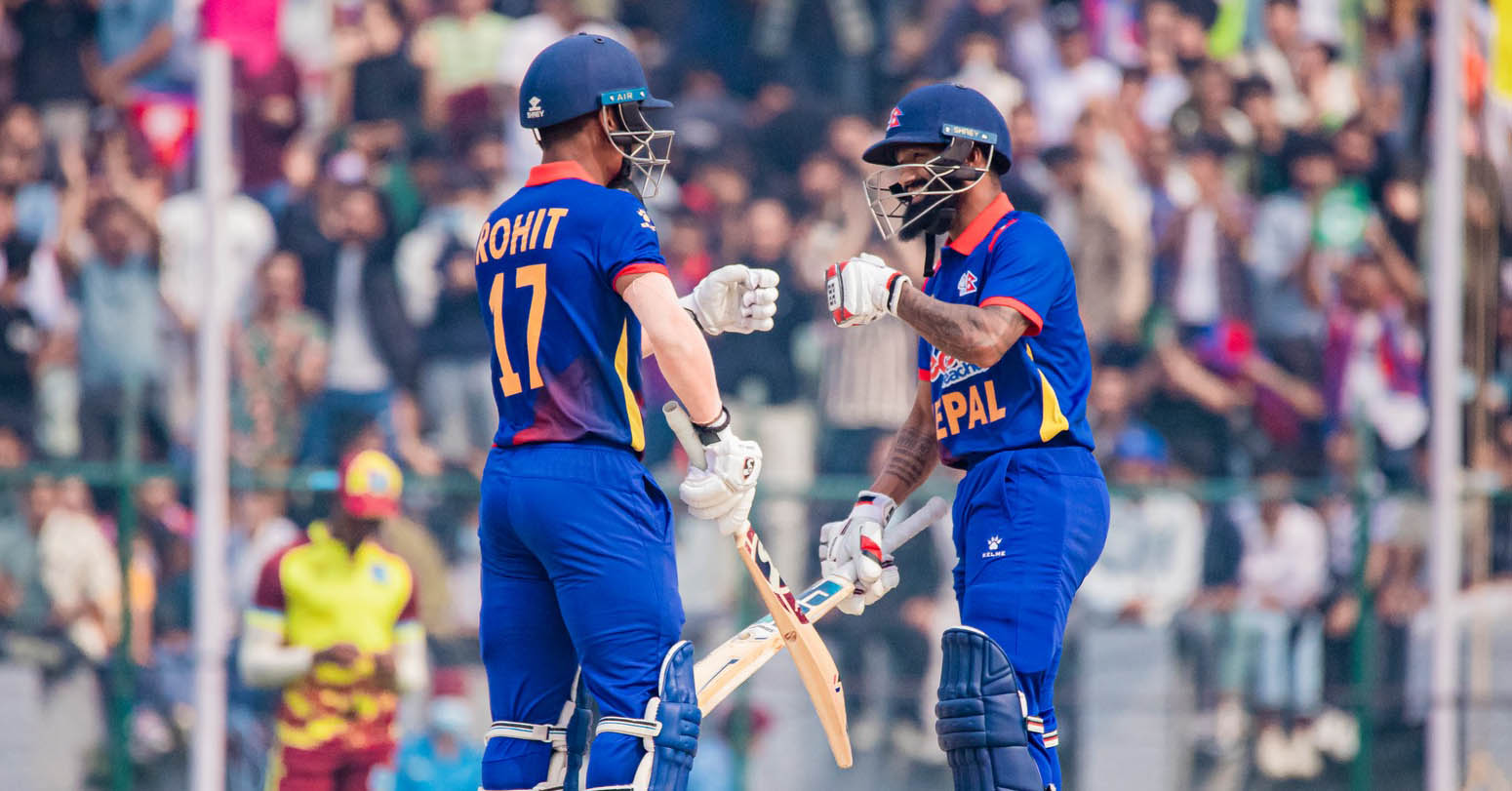


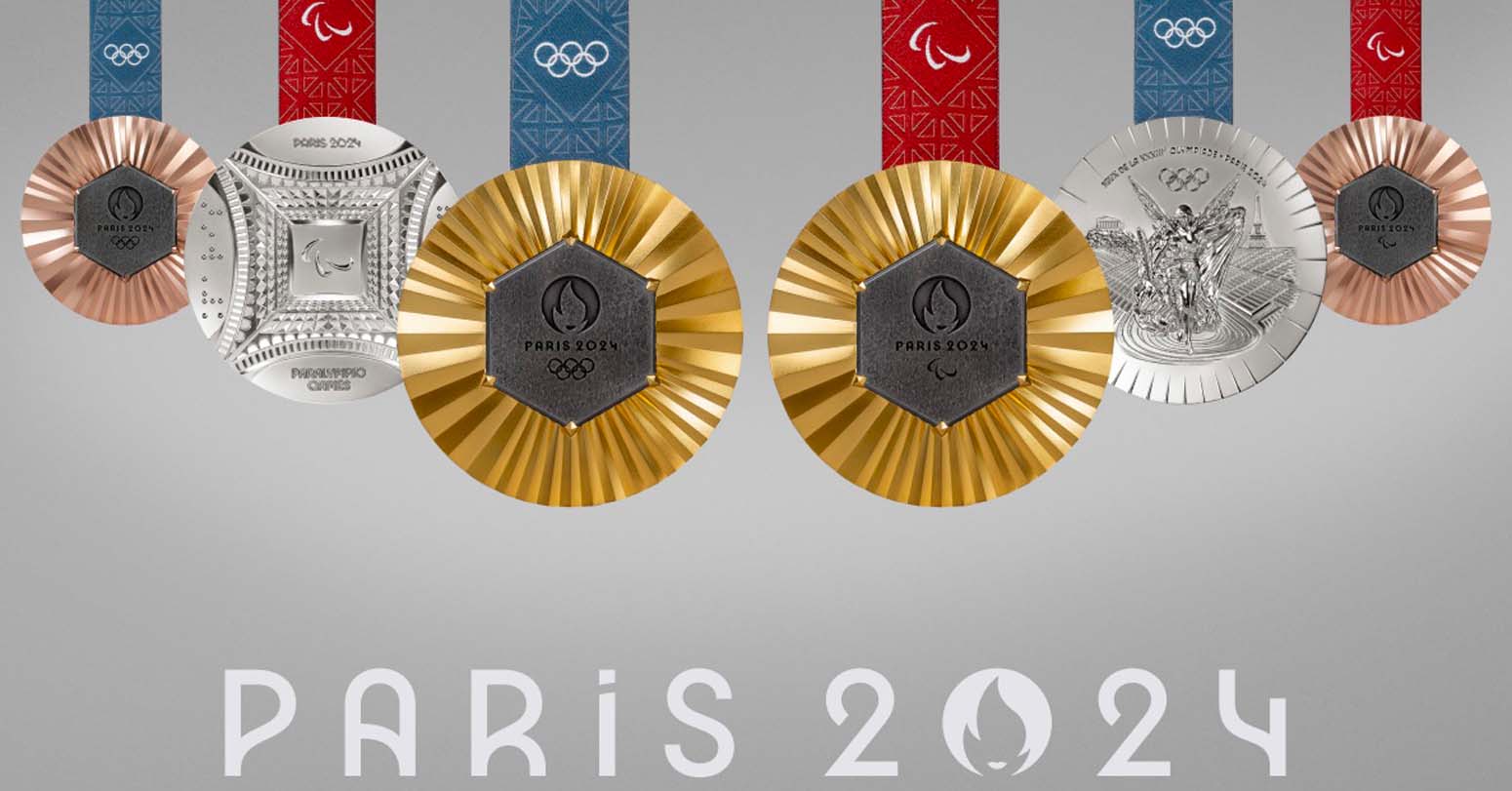
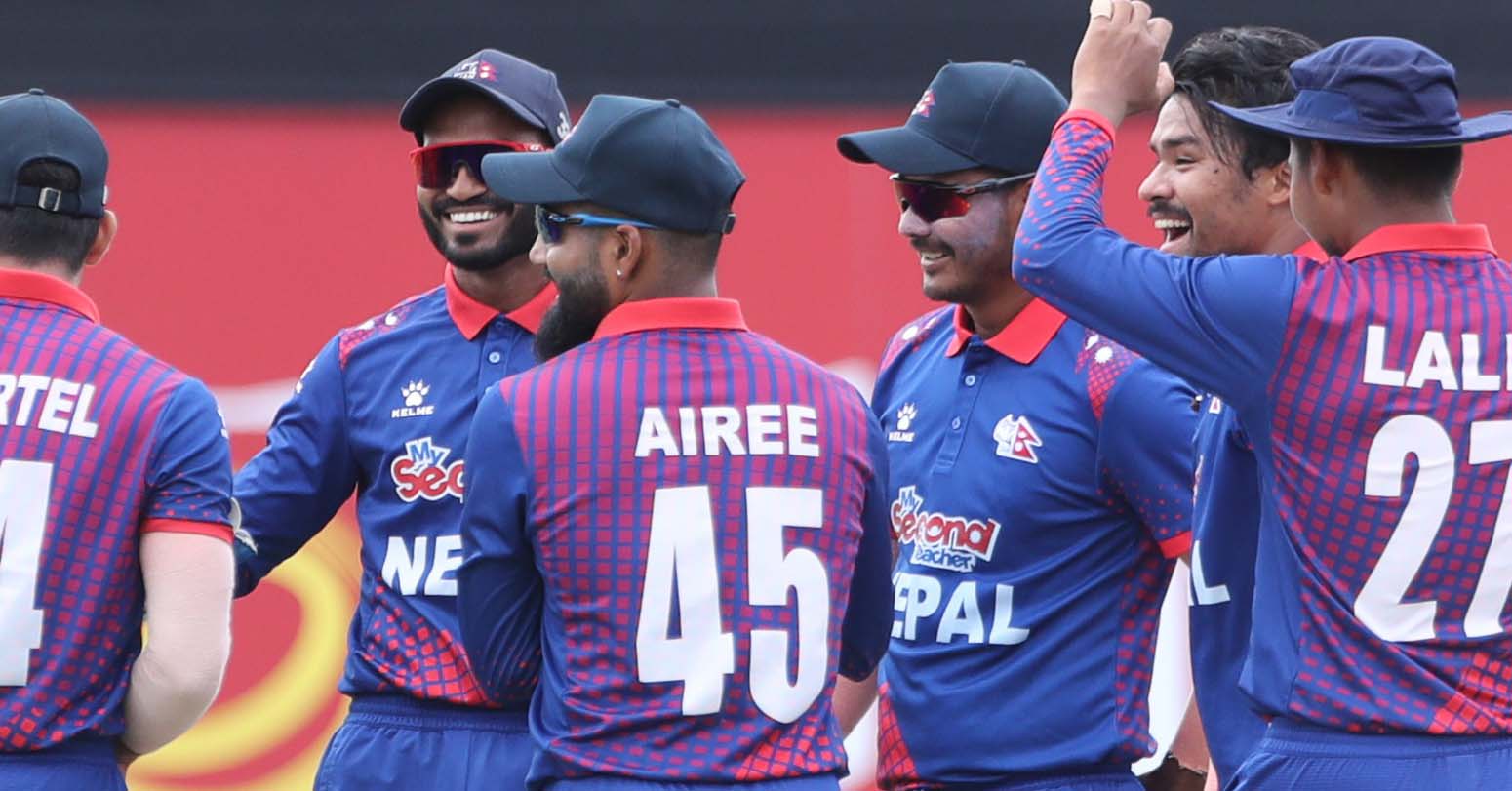
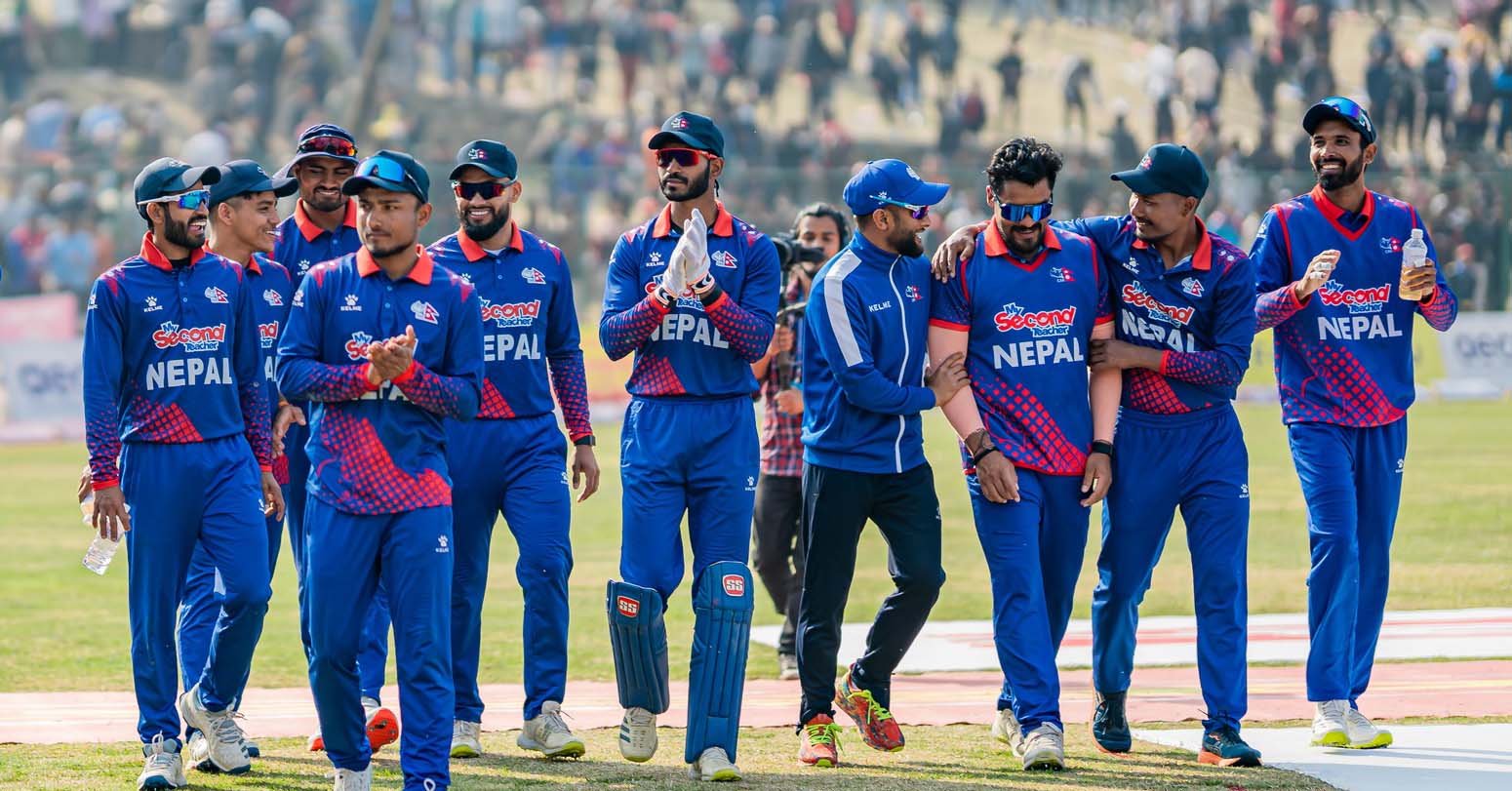


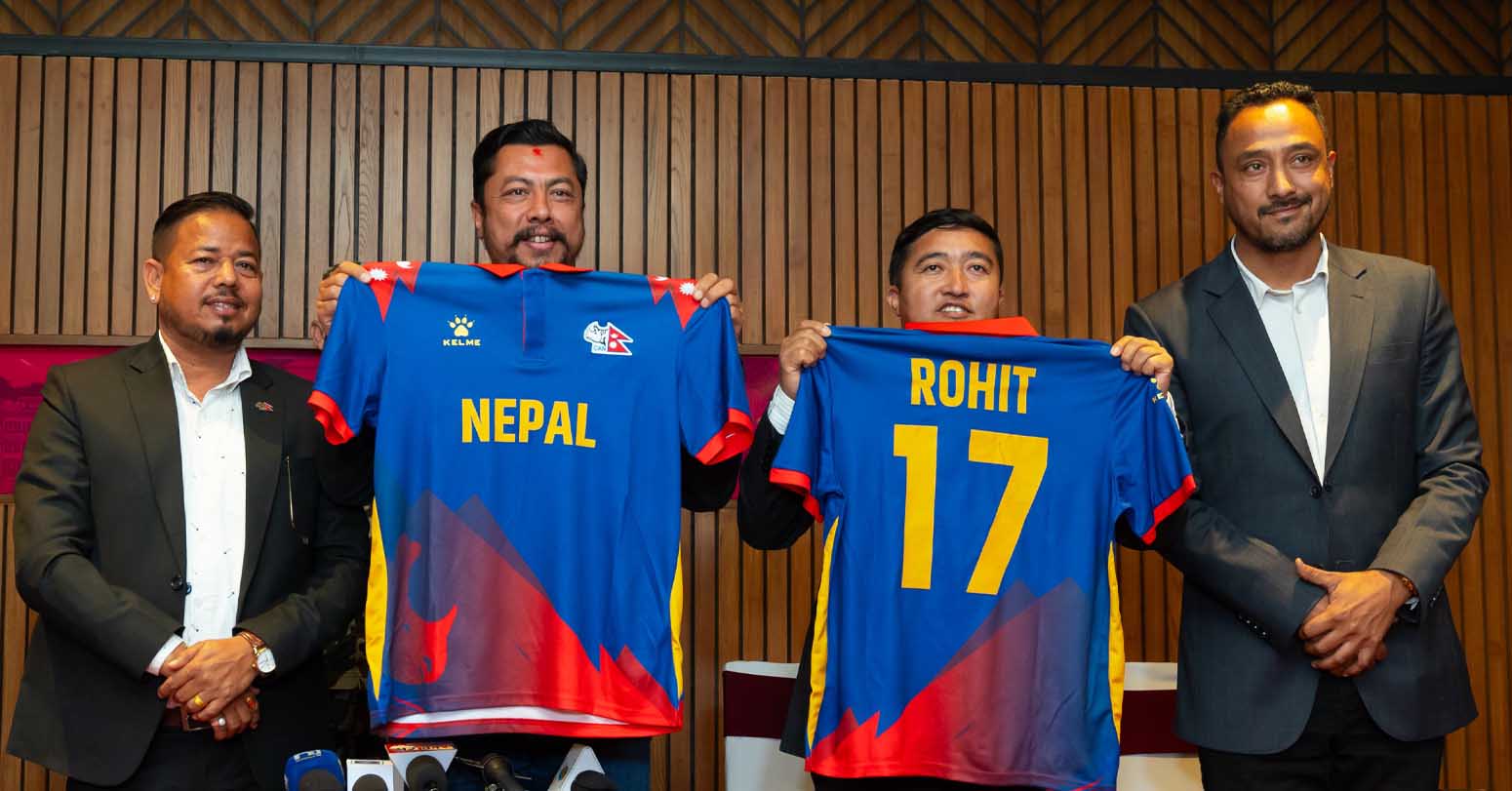
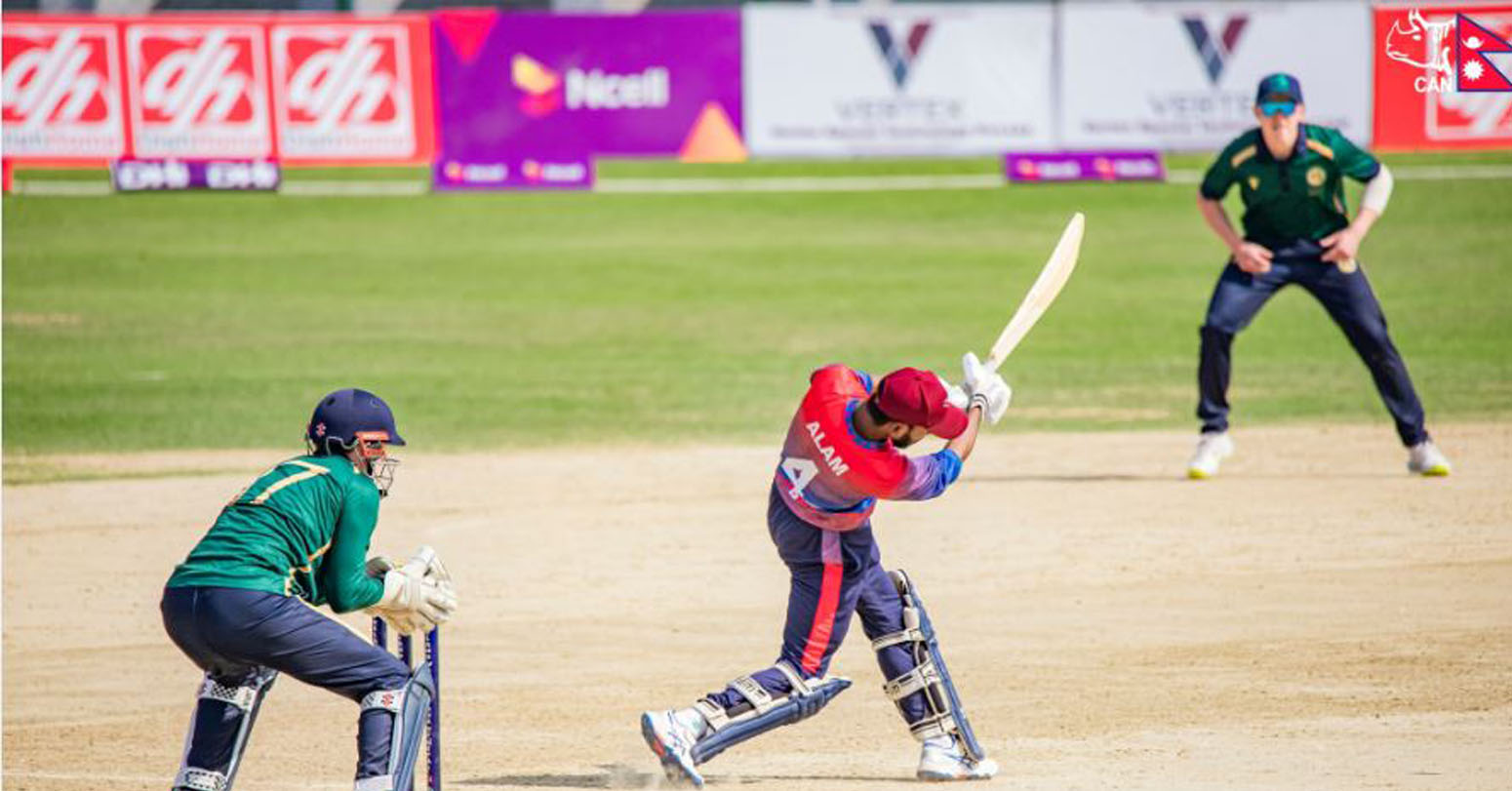
Comprehensive Data Protection Law Critically
Gender Differences In Mental Healthcare
Messi Wins Best FIFA Men’s
Erosion of Democracy
Fly Dubai Catches Fire in
“Complexities of the South Asian